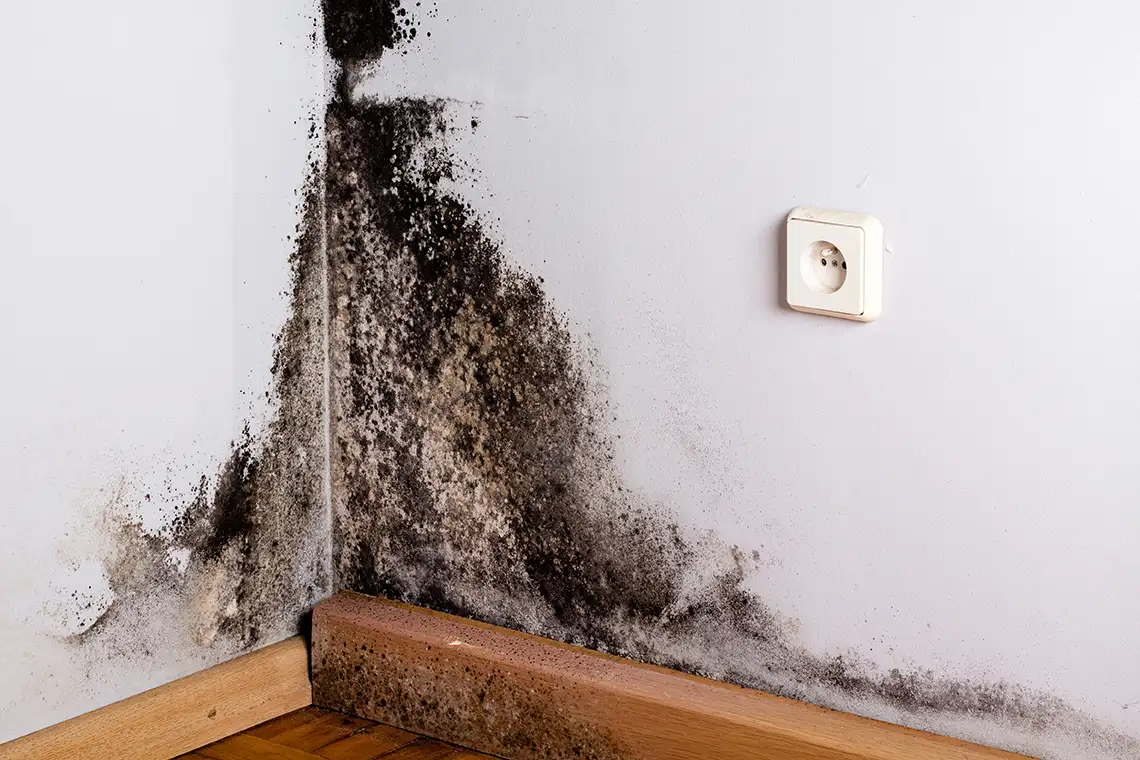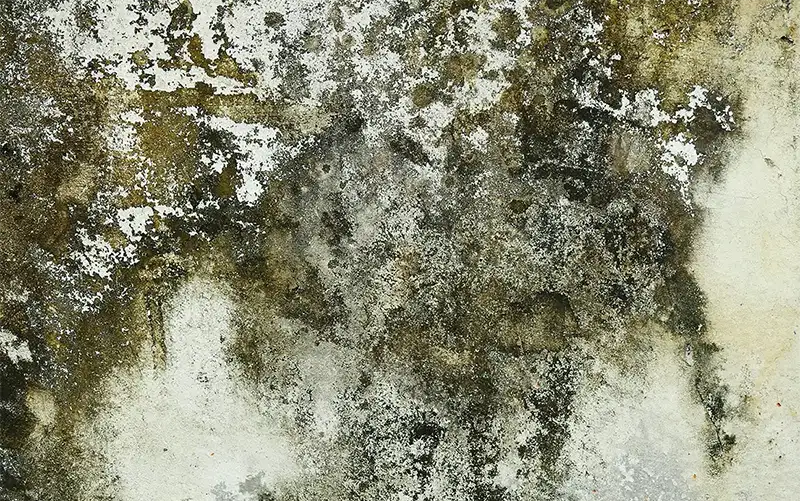Don’t let mold take hold. Learn how to prevent mold growth, protect your health, and know when to call in the pros with this simple, expert-backed guide.

Mold is more than just an eyesore; it can harm your health and damage your home. At PHG Restoration Services, we've witnessed how a small moisture issue can quickly escalate into a mold outbreak. The good news is that you can often prevent mold with simple steps.
Here’s your guide to reducing mold and protecting your home and family.
Mold loves warm, moist, and poorly ventilated spaces.
Common causes include:
If these conditions persist, mold spores in the air can land and grow rapidly on surfaces like drywall, insulation, wood, and carpet.
The best way to prevent mold is to control moisture. The EPA and experts agree moisture fuels mold growth.
Here’s how to manage it:
Mold spores need moisture but can settle on dust and clutter.

To keep surfaces clean and dry:
If something stays wet for 24–48 hours, it can become a mold breeding ground.
Some areas are more prone to mold.
Keep an eye on:
If you're building or renovating, choose mold-resistant drywall, insulation, and paint—especially in moist areas. These materials are less likely to support mold growth.
If your home has flooded or leaked:
Dry the area out within 24–48 hours.
Remove soaked carpets, furniture, and materials that can’t dry completely.
Contact a certified restoration team (like PHG) to inspect, dry, and clean the space properly. Delays in drying can lead to mold problems later.

According to WebMD, mold exposure can cause:
Children, the elderly, and those with weak immune systems are especially at risk. If you notice a musty smell or have ongoing allergy-like symptoms, mold might be the cause.
If mold covers more than 10 square feet, affects porous materials (like drywall), or if you have health issues, call in professionals.
PHG Restoration Services focuses on mold inspections, remediation, and moisture control for homes in Central Ohio. Reducing mold starts with awareness and regular upkeep. With a little effort, you can stop mold from taking hold and ensure your home is a healthier place to live.
Need a mold inspection or remediation quote? Contact PHG Restoration Services today. We’re here to help protect what matters most—your home and your health.